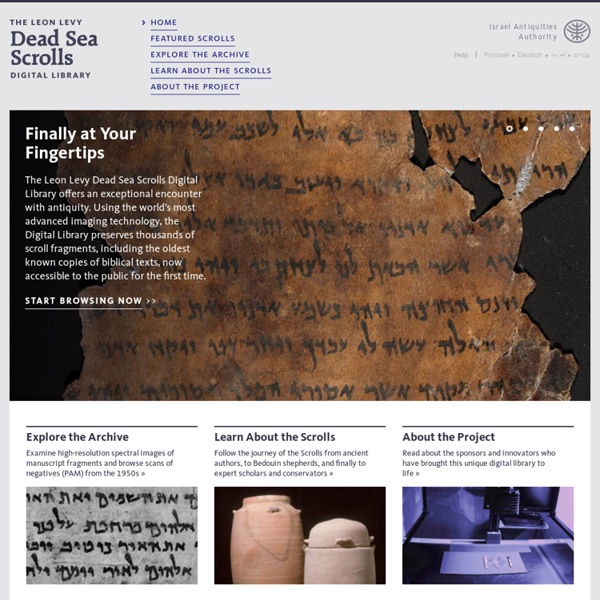



Trading Card Creator The Trading Card tool gives students an alternative way to demonstrate their literacy knowledge and skill when writing about popular culture texts or real world examples. This interactive allows students to create their own trading card about a real or fictional person, place, object, event, or abstract concept. These cards are can be used with any type of book students are reading or subjects that they are studying, and make for an excellent prewriting exercise for students who are writing narrative stories and need to consider characters, setting, and plot. The save capability gives students a way to work on a draft of their card and come back to it to rework and revise as necessary, and to save their finished product to share with friends and family. Cards can be bundled into a single, small collection (8 card maximum) so that students have a way of sort and grouping similar topics in one file. Related Classroom & Professional Development Resources back to top
The Harbinger - Jonathan Cahn Historical Voices Digital Dead Sea Scrolls Teaching with Primary Sources Program- Teaching with Primary Sources About the Program The Teaching with Primary Sources Program works with colleges and other educational organizations to deliver professional development programs that help teachers use the Library of Congress's rich reservoir of digitized primary source materials to design challenging, high-quality instruction. Read more about the TPS Program TPS Regional Program The Library of Congress awards grants under the Teaching with Primary Sources (TPS) Regional program to school districts, universities, cultural institutions, library systems and other educational organizations who wish to incorporate TPS materials and methods into their existing education and professional development programs for pre and in-service teachers, librarians, media specialists and other K-12 educators. Read more about the TPS Regional Program The TPS Journal This Issue's Theme: Integrating Historical and Geographic Thinking Primary sources support the study of many disciplines, including both history and geography.
World Digital Library Home No other symphonic composition has met with such a broad and complex reception as Ludwig van Beethoven's Symphony Number 9 in D minor, opus 125, popularly known as the Choral Symphony. The work marked an important development in 19th century music. In the finale, Beethoven set to music the German poet Friedrich von Schiller’s An die Freude (Ode to joy), the first time the human voice was included in a symphonic work. The symphony was first performed in Vienna on May 7, 1824.
vintage everyday Historical Atlas of the British Empire International Big History Association - Home Aztec Children The lives of Aztec children are fascinating in many respects. To understand how children fit into Aztec culture, and how they were honoured, we should go right back to the beginning... even before the children were born. Birth Since warfare was glorified by the Aztecs, it was even used to symbolize childbirth. The baby was a "captive" in the womb, struggling to enter the world. A hymn for a new child sung to the goddess of childbirth, found in the Codex Florentino, said: Down there, where Ayopechcatl lives, the jewel is born, a child has come into the world.It is down there, in her own place, that the children are born.Come, come here, new-born child, come here.Come, come here, jewel-child, come here. A soothsayer then came to the home of the newly born child to study the astrological significance of the child's birth, down to the exact day and minute of the child's entrance into the world. Aztec children and their Parents When older children were bad, they could have a painful punishment.
Aztecs for Kids - Daily Life Like nearly all of the ancient civilizations, the rich lived in luxury and the poor worked. In the Aztec civilization, class structure was very important. Homes : The Rich: Homes of the nobles and wealthy were made of sun-dried brick. The Poor: Homes of the farmers and other commoners were huts with thatched roofs. Clothing : Upper Class: People in the upper class wore clothing decorated with feathers and embroidery to show their status. Common People: It was against the law for commoners to wear feathers. Marriage : At about age 20, men married women who were ages 14-15. Matchmakers were usually old women. New Babies: The birth of a baby was a really big deal. Correct Behavior : The Aztecs were very concerned that all their citizens behave correctly. Slaves: The Aztec nobles had slaves. Poetry: For all their love of war, the Aztecs had a softer side. Games : The Aztecs loved games. Schools : Kids went to school . All Aztec children had to attend school, even girls and slaves. Slaves
myhistro | Just another WordPress.com site The Story of Stuff Project